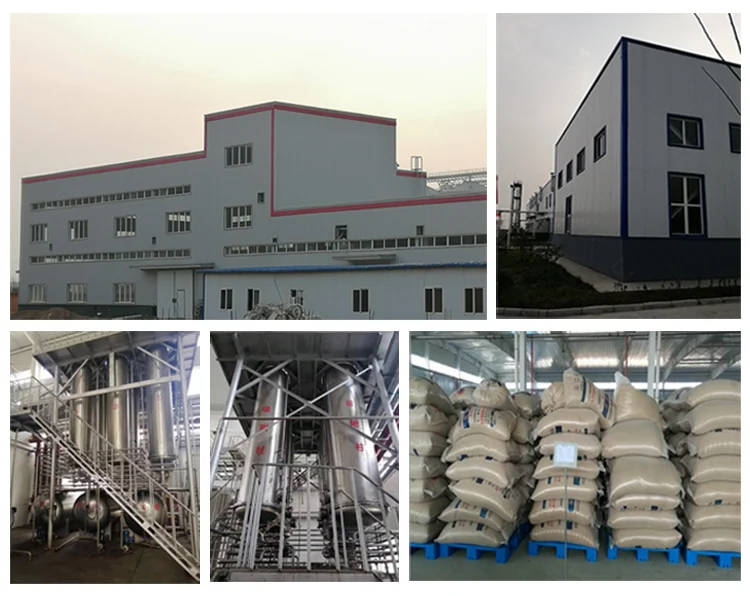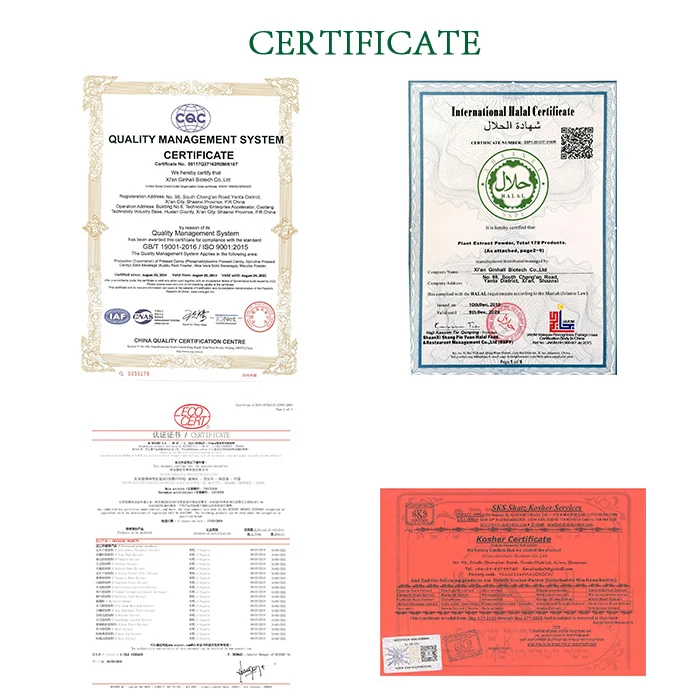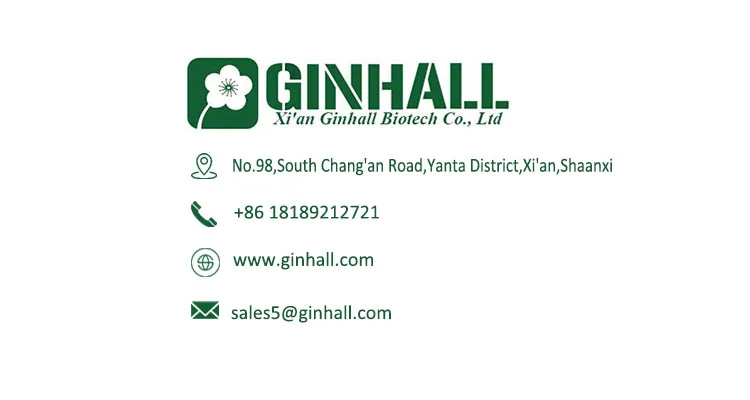
Horse chestnut (scientific name: Aesculus chinensis Bunge): is a deciduous tree, up to 25 meters high, bark dark brown or gray-brown, branchlets, cylindrical, yellow-brown or gray-brown, with light yellow skin holes. Winter buds are large and have resin. Palmate compound leaves, composed of 5-7 small, dark green above, glabrous, below the middle part of the ribs and lateral veins when the pubescent hair is sparse, the rest of the hairless. The inflorescence is cylindrical, and the inflorescence has a pubescent axis. The small inflorescence is usually composed of 5-10 flowers, extending obliquely and pubescent. Mixed flowers, male flowers and bisexual flowers in the same plant, calyx tubular bell-shaped, petals 4, white, oblong obovate to oblong lanceolate. The fruit is spherical or obovate, yellow-brown, thornless, with very dense spots. Seeds often develop 1-2 seeds, nearly spherical, chestnut brown; umbilical white, accounting for about 1/2 of the seed volume. Flowering from April to May, fruiting from October
Product Introduction

| Product Name | Aescin | Appearance | Brown |
| Botanical Source | Aesculus chinensis Bunge | Test Method | UV |
| Specification | 20%, 40% | Mesh | 95% pass 80 mesh |
| Application | Health Care | Shelf Life | 2 Years |
Increase blood osmotic pressure, reduce internal pressure of nerve tissue, reduce tissue hypoxia, reduce blood viscosity, and improve the right of cerebrospinal fluid and venous return in nerve root sheath
Application of Aescin
Used in cosmetic industry;
Used in nutrition industry;
Used in pharmacy.








A:Please send our inquiry to get more details.If you both make an agreement,we will make an invoice for you,just do as instructions.
Q2:Is there any discount?
A:Sure,price are closely related to the quality.Buy more save more.
Q3:How about delivery lead-time?
A:Delivery lead time :about 3-5 days after payment confirm.(Chinese holiday not included)
Q4:How long time cost with shipping?
A:3-5 days shipping time deliver to your door.
Q5:How do you avoid customs issues?
A:We have rich experience deal with customs,hundreds of parcels every moth we deliver,detailed documents and certificates will be provided to customs when goods arrive to local port.

We have more categories for you. lf you can't find the products you want above,just fill in the form and tell us whatproducts you want to import from China.


















